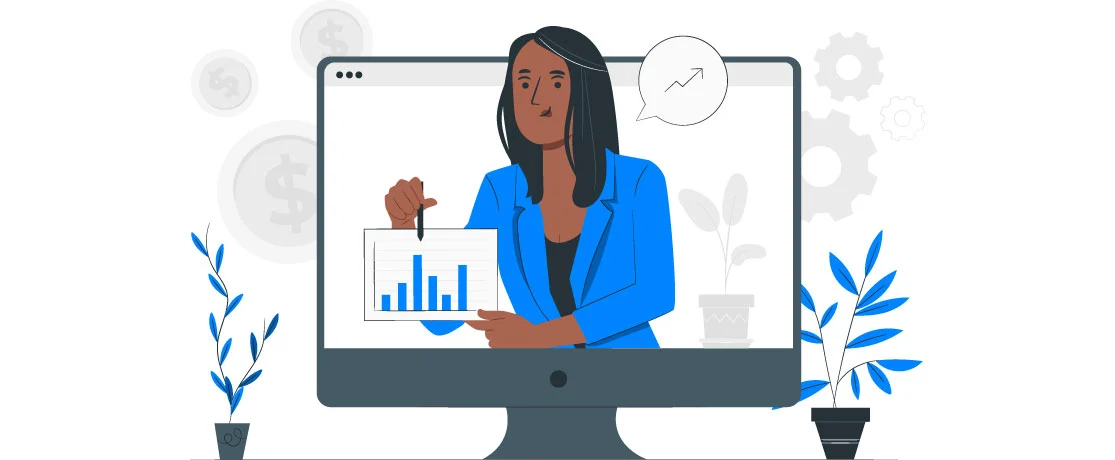What is Website Speed Optimization?
- Post By: Anup Kanti Ghosh
- Published: November 7, 2021

Website speed refers to how quickly the content on your site loads. And the process of decreasing loading time is known as website speed optimization. It seems subtle, but loading speed is a major factor in google ranking and conversion rates.
If you are running an online service, a low site speed increases the bounce rate of new users. Thus this ends up lowering the conversion rate. You must optimize your website for speed loading to create a better user experience.
Here's why?
Benefits of Website Speed Optimization
There are surprising benefits of having a fast website. The faster the loading time, the lower is the bounce rate. On top of that, website speed is a significant factor in the Google PageRank algorithm for SEO. Low latency gives the visitors a smooth user experience. So they feel comfortable navigating around the pages.
Optimizing your site for fast-loading will help you get rid of bad user experience, negative reviews, and lower Google rank.
4 Best Practices for Speed Optimization
There are several methods for optimizing your site. You can use several online tools like Pingdom or GTmetrix to determine the loading time.
Here are the best practices for website speed optimization:
Move to a faster host
Doing anything for website speed optimization is pointless if your hosting is slow. In this scenario, the back and forth communication between the server and the user's browser will be slower.
If your website is on cheaper hosting, moving to a faster one will help improve the speed.
Use CDN if you have global traffic
Using a Content Delivery Network(CDN) will speed up your site loading time for visitors worldwide. CDN caches your website to the local servers and delivers the content to the users from the nearest location.
Optimize Your Images
Images contain around 50% of the size of a website. As a result, the larger image files take more time to load. If you shrink down the image size, your website will load much faster.
You can resize the images according to their placement on the page. For example, a retina image on the menu appears small and does not need high resolution.
Minify CSS, JavaScripts, and HTML
There are comments, unused codes, blank spaces, and unnecessary characters inside a website's core coding. These can decrease the website performance sometimes. You can place your code in a minifying tool to get rid of the non-active elements of your site.
Optimize CMS
If you're using a Content Management System (CMS) like WordPress, Joomla, or Drupal, ensure that it's optimized for speed. This includes choosing a lightweight theme, updating plugins regularly, and using performance-enhancing plugins or modules designed to improve site speed.





